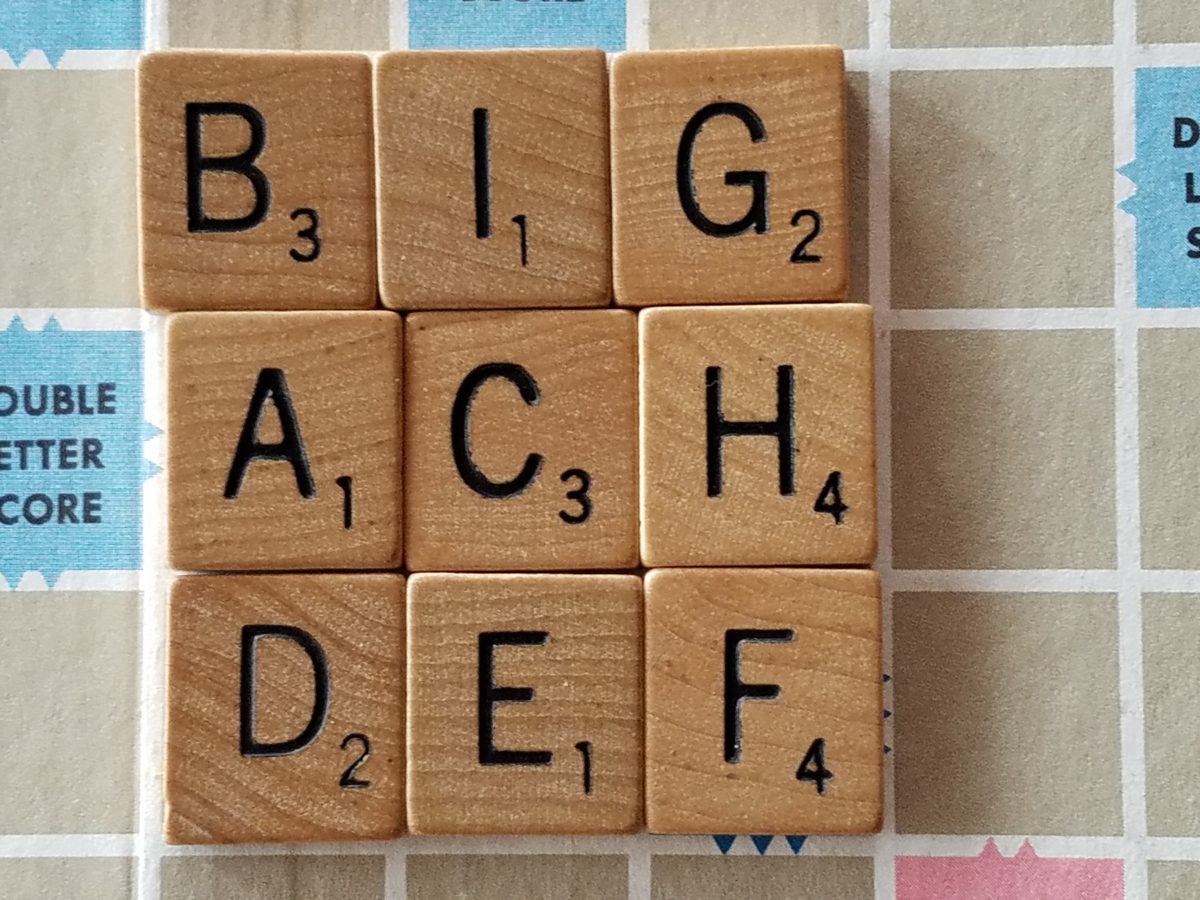In my continuing discussion with Veronique, Jade, and their colleagues at the ad agency, Jade emerged as the champion of the view that the end-effect of actual sales is likely the most sensitive measure for demonstrating the combined effects of all kinds of lottery advertising and promotions. Advertising efforts may aim to influence sentiment, and they may be effective, but the player is more likely to express this by spending an extra dollar, rather than by changing the way she responds to a survey question. Further, although our efforts may be focused on a particular game at a particular time, we hope the effect of these efforts is more diffuse and longer-lasting. This suggests a measurement strategy aimed at detecting improvements across the portfolio, which I am glad to implement as the Dashboard According to Jade.
